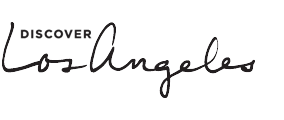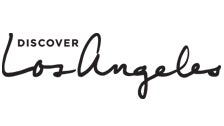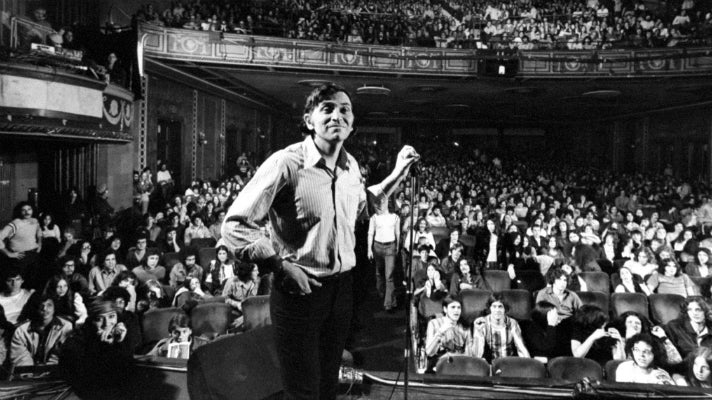Bill Graham and the Rock & Roll Revolution, the first major museum show about renowned concert promoter Bill Graham (1931–1991), is on view May 7 - Oct. 11, 2015 at the Skirball Cultural Center. Graham launched the careers of countless iconic acts in the 1960s at his famed Fillmore Auditorium, among them the Grateful Dead, Jefferson Airplane and Janis Joplin. He also broke ground conceiving of rock & roll as a force for humanitarian causes, spearheading benefit concerts such as Live Aid (1985) and Human Rights Now! (1988).
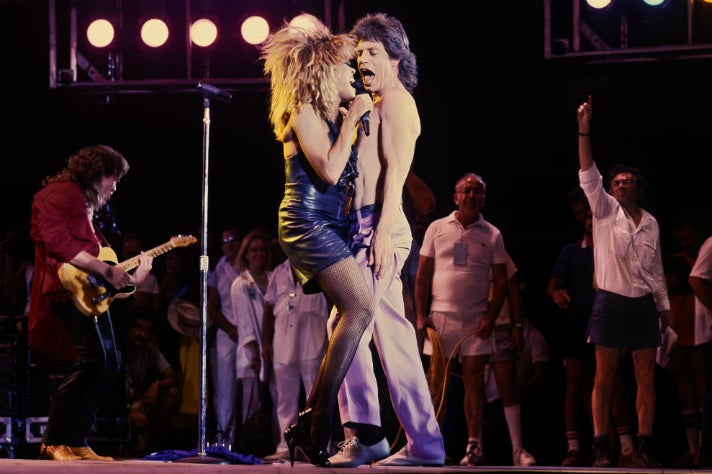
The premiere of Bill Graham and the Rock & Roll Revolution in 2015 is especially timely as the year marks the 30th anniversary of Live Aid, the 50th anniversary of The Grateful Dead’s live debut, and the 50th anniversary of Graham’s first-ever concert. After the Skirball, the landmark exhibition will travel to the Contemporary Jewish Museum (San Francisco), where it will be presented March 10 – June 12, 2016. The exhibit will then go on view at the Rock and Roll Hall of Fame and Museum (Cleveland) in 2017, with exact dates TBD. Additional venues may be announced.
“A legend in the music industry, Bill Graham transformed the way audiences experience music and community to this day. The Skirball is proud to celebrate his legacy as a cultural innovator,” says Robert Kirschner, Skirball Museum Director. “We are also inspired by how Bill Graham saw purpose in bringing people together and championing human rights and social justice.” Kirschner presided over the memorial at Temple Emanu-El following Graham’s tragic death in a helicopter crash. Living in San Francisco during the height of Graham’s career and having a personal passion for this musical era, it’s been a longtime hope of Kirschner to create this exhibition for the Skirball.
Bill Graham and the Rock & Roll Revolution is curated by Erin Clancey, who has developed both permanent and temporary exhibitions for the Skirball since 1999 and manages the Skirball’s antiquities collection. A native of Northern California, Clancey spent much of the 1980s attending Bill Graham Presents concerts and remembers Bill Graham as a household name and music legend.
To chronicle Graham’s impact on American popular culture, more than 400 objects have been gathered from lenders across the country - from the private Graham family archive to the Experience Music Project and Carlos Santana’s personal collection. Many of the lenders are permitting display of their items for the first time.
Entry to the exhibit is included with admission to the Skirball Cultural Center. Read on for highlights of Bill Graham and the Rock & Roll Revolution.
Early Life
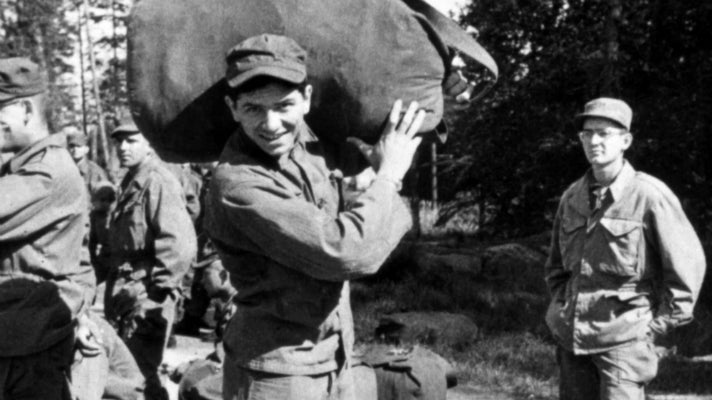
The exhibit traces Graham’s extraordinary life in chronological order, beginning with treasured photographs and artifacts from his early life, many on view to the public for the first time. These help to document Graham’s childhood experiences as a Jewish refugee from Nazi Germany, New York City street kid and Korean War soldier.
Skirball visitors can watch exclusive video of recently conducted conversations with Ralph Moratz, Graham’s boyhood friend with whom he fled Berlin and crossed the Atlantic in 1941. The exhibit also features archival concert footage and historical audio interviews, including Carlos Santana, Jack Casady and Wavy Gravy. An audio guide gives visitors the chance to hear recordings of Graham himself as he shares anecdotes about artists who performed at the Fillmore.
Jerry Garcia’s “Wolf” guitar
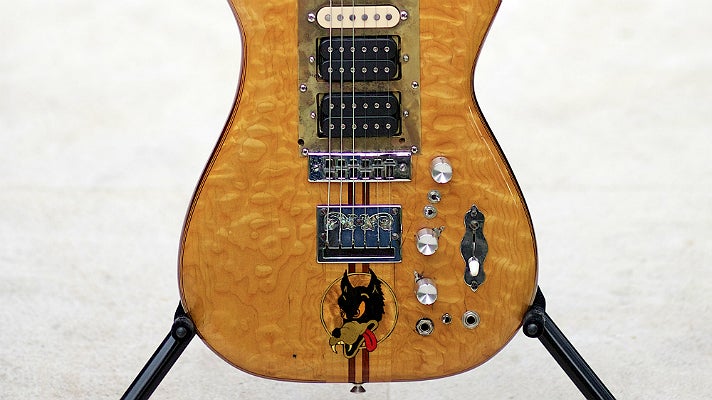
Bill Graham is the first museum exhibition to display Jerry Garcia’s “Wolf” guitar, designed by acclaimed luthier Doug Irwin and played by Garcia between 1973 and 1993. Made from purpleheart and curly maple with an ebony fingerboard and twenty-four frets, “Wolf” bears Irwin’s eagle logo on the headstock and a cartoon wolf inlaid in the guitar’s body.
Performers' Gifts to Bill Graham
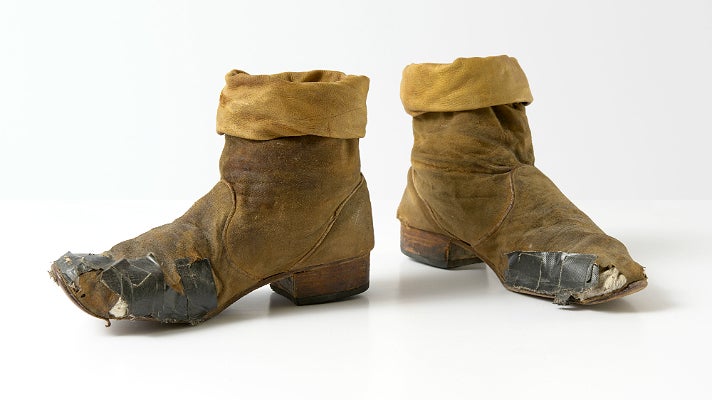
Select items given to Graham by performers are on display for the first time, such as:
- Janis Joplin’s tambourine and microphone used during a Fillmore East show
- Handwritten note of appreciation from Donovan, signed “Thy humble minstrel”
- Silver megaphone from the Rolling Stones 1981 tour
- Keith Richards’ leather boots repaired by Graham with duct tape during the Stones' 1981 Tattoo You tour
Iconic Fillmore Posters
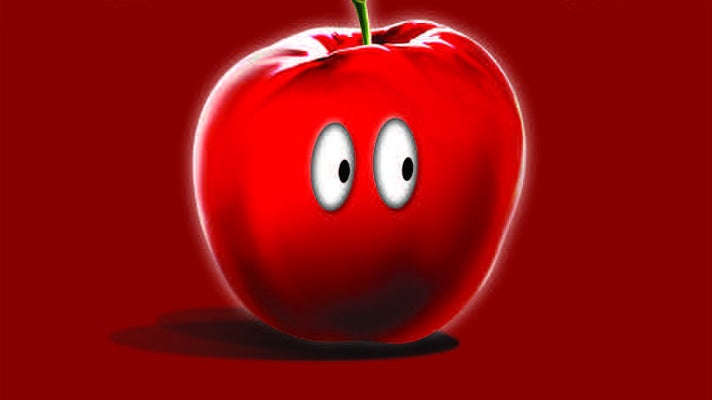
Original artwork and preparatory drawings for iconic Fillmore posters are being displayed in a museum exhibition for the first time, including work by Bonnie MacLean, Wes Wilson, David Singer, Greg Irons, and David Byrd. These are among more than eighty iconic Fillmore posters, many signed by the artists. Three newly-commissioned posters were created exclusively for the exhibition by Randy Tuten, MacLean and Singer.
Tuten’s poster evokes his famous Led Zeppelin “avocado” concert poster, which commemorated their four-night stand at the Fillmore West in April 1967. The apple is a nod to the original apple barrel (also on display at the Skirball) that greeted guests at the Fillmore with fresh apples. Accompanied by a sign that read “Take One or Two,” the apple barrel represented Graham’s wish “to make the place more haimish” - Yiddish for “warm and comfortable.”
Stunning Photos of Music Legends
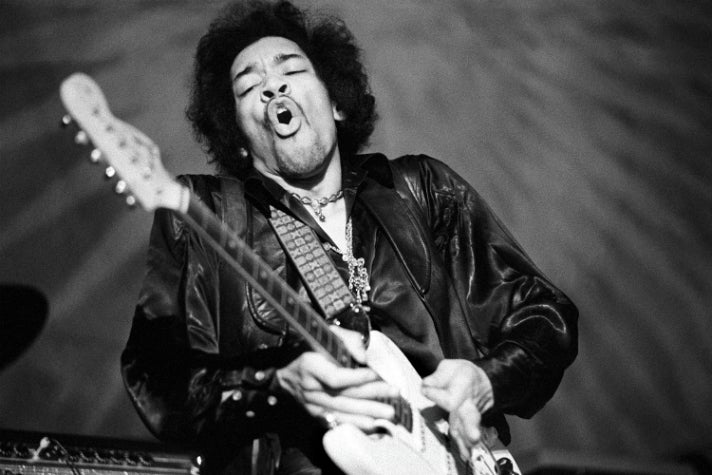
The exhibit features a stunning collection of live performance and backstage photos of rock & roll legends who performed at the Fillmore, Winterland, Day on the Green, Live Aid, and other Bill Graham Presents concerts throughout the era, including: Aerosmith, Jeff Beck, Eric Clapton, The Clash, Bo Diddley, Perry Farrell, Mick Fleetwood, Peter Frampton, Aretha Franklin, the Grateful Dead, Jimi Hendrix, KISS, Mick Jagger, Jim Morrison, Stevie Nicks, Tina Turner, The Sex Pistols, Sting and Stevie Wonder. The images were taken by such preeminent rock photographers as Jim Marshall, Ken Regan and Baron Wolman.
More Guitars & Memorabilia
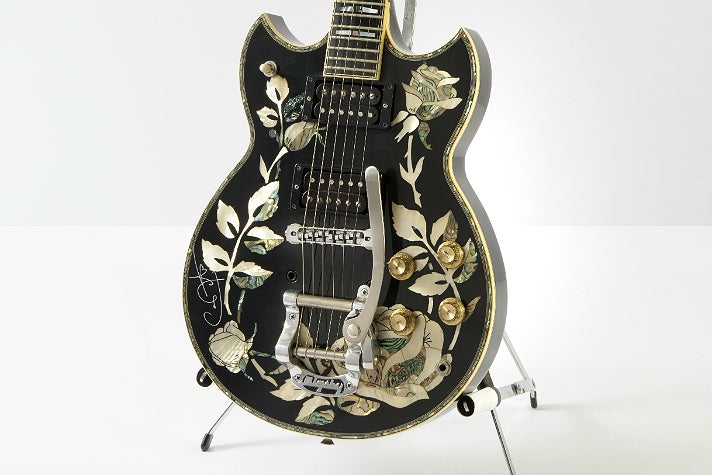
Additional noteworthy rock & roll memorabilia on display includes:
- Graham’s personal scrapbook of Live Aid clippings and mementos, as well as his letter to Live Aid (Philadelphia) artists, in which he wrote: “Your being here gives this project life and makes it meaningful for millions of people throughout the world…”
- Dress worn by Grace Slick at the 1967 Monterey Pop Festival
- 1980s Carlos Santana guitar, on loan from Santana himself
- 1958 Fender Stratocaster used by Robbie Robertson during The Last Waltz
- 1959 Gibson Les Paul played by Duane Allman on the album At Fillmore East
About the Skirball Cultural Center
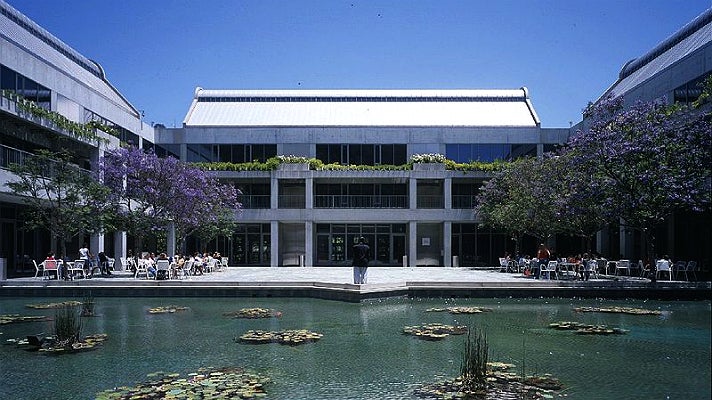
The Skirball Cultural Center is dedicated to exploring the connections between 4,000 years of Jewish heritage and the vitality of American democratic ideals. It welcomes and seeks to inspire people of every ethnic and cultural identity. The Skirball Cultural Center achieves its mission through educational programs that explore literary, visual and performing arts from around the world; through the display and interpretation of its permanent collections and changing exhibitions; through an interactive family destination inspired by the Noah’s Ark story; and through outreach to the community. For more information, visit http://skirball.org.
